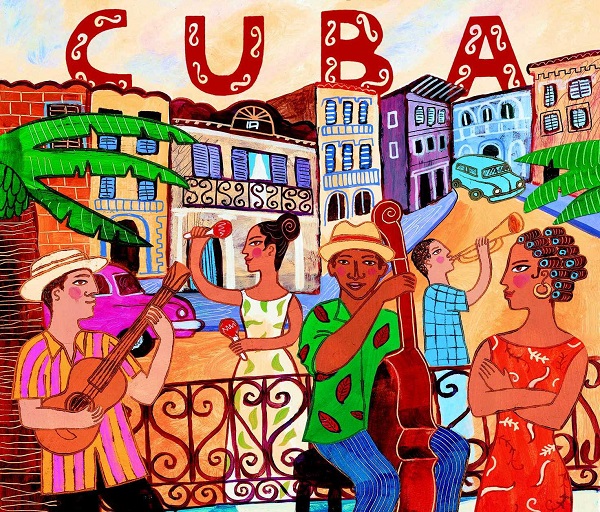10.6.2 Los Compadres Duo.

Francisco Repilado (Compay Segundo) and Lorenzo Hierrezuelo were members of the duo Los Compadres. Both were born in the same town and the same year (1907), in Siboney, Santiago de Cuba, in eastern Cuba. They founded the duo in 1932, leaving a trail of classic hits in Cuban music.
At the time, Compay was playing with Matamoros. Lorenzo and he decided to join forces to spread the montuno sounds of their homeland. The duo didn’t have a name, and they sang boleros, sones, and guarachas. “I named it Los Compadres,” Lorenzo once said, “alluding to the traditional way people from Santiago greet each other and to a rock in Santiago where two compadres drowned.”
Compay’s second voice had a deep, brilliant range, with a taste of earth, mountains, tobacco, and rum; a voice sometimes as important as the first voice.
The Compadres cultivated a peasant-inspired repertoire based on traditional mountain music. Francisco Repilado’s baptism took place at the Rumbao radio station. The famous sportswriter and broadcaster Eddy Martín (late), referring to the way peasants greet each other in the eastern region, baptized Lorenzo as Compay Primo (first voice) and Francisco as Compay Segundo (second voice).
They achieved great success throughout Cuba. They even recorded a monthly album with the Panart record label, which distributed them throughout Latin America.
From the duo’s thirteen-year career, unforgettable songs such as Sarandonga, Vicenta, Hey Caramba, Juliancito, and Huellas del pasado remained, among many others that Compay Segundo continued to sing with a fresh tone at the end of the 20th century. In 1946, they participated in the film Cuba Canta y Baila.
The Cuban duo remained together until September 1, 1955. After 1955, Lorenzo Hierrezuelo continued the duo Los Compadres with his brother Reinaldo (Rey Caney). The duo between Lorenzo and Reinaldo Hierrezuelo took a different course, aimed at further exploiting Son, Guaracha, and all the resources of the Santiago del Estero region. They traveled to more than 25 countries in Europe, Japan, and the Americas. The duo Los Compadres brought Cuban culture, the pure Son from La Gran Piedra and Siboney, to the world. They didn’t just hit a number, but a style; and they were unmistakable, capable of outshining any celebrity. As a composer, Reynaldo Hierrezuelo immortalized numbers such as “Venga guano,” “No quiero llanto,” and “Guarapo, pimienta y sal.”
While the duet with Reinaldo leaned more toward the show. Rey imitated a flute, and they sang choruses and refrains adapted to the languages of other countries: Baja, No puedo más, Estoy en el hoyo. Lorenzo’s duet with Compay was an unforgettable moment, thanks to the use of Compay’s classic and irreplaceable backing vocals with a Creole flavor and the special sound of the harmonic.








